Autism & Development: A Father’s Honest Guide to the Signs, Symptoms, and Growing Up with Autism
Short Description: Understand the basics of autism spectrum disorder (ASD), early signs, diagnosis, and developmental milestones. A helpful guide for parents navigating new diagnoses.
As a father to a beautiful boy on the autism spectrum, let me start by saying: if you’re reading this and wondering about your child—maybe even yourself—you’re not alone.
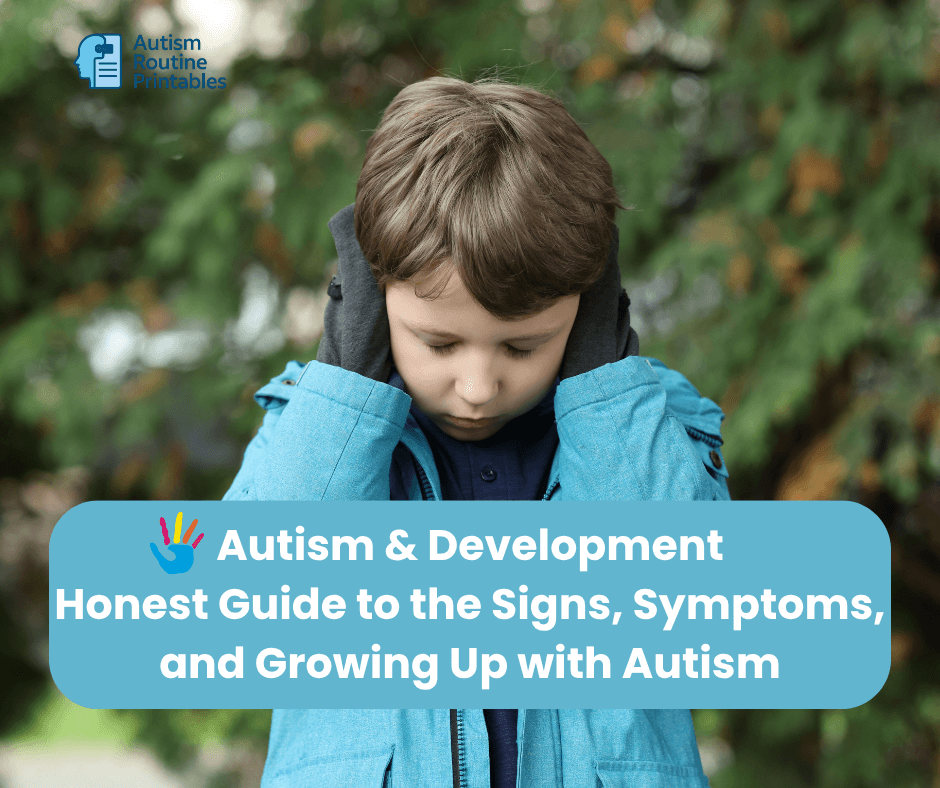
I remember the worry, the Google searches late at night, the well-meaning comments from relatives like “boys speak late” or “he’ll grow out of it.” But in my gut, I knew something was different. And that difference, while overwhelming at first, turned out to be the beginning of a journey I’m incredibly proud of.
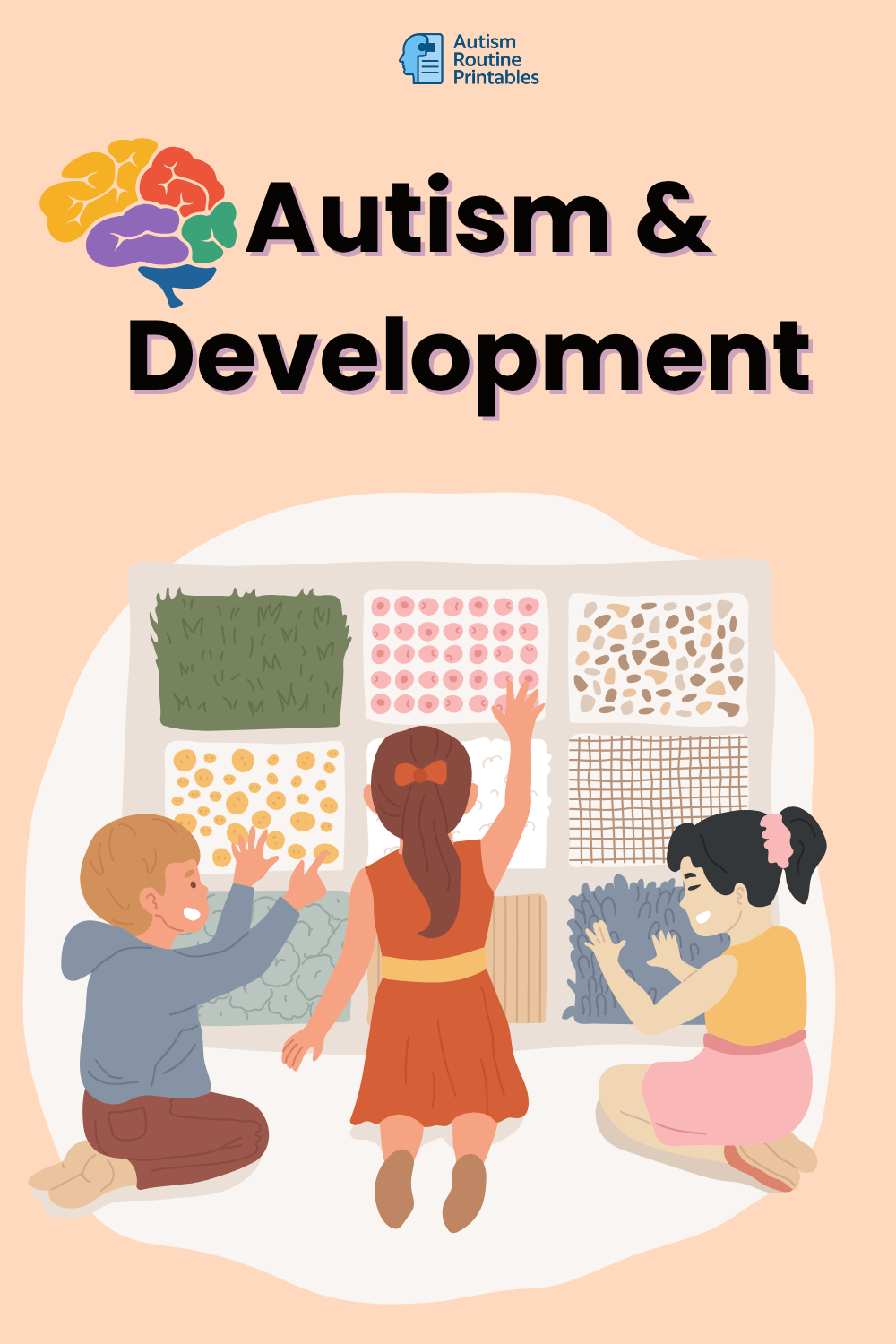
This post isn’t just medical facts—it’s the guide I wish someone gave me. A dad-to-dad (or parent-to-parent) explanation of what autism might look like at different stages of development, and what signs to look for early on.
What Are the 3 Main Symptoms of Autism?
When we first started looking into autism, we came across the same three core symptoms again and again:
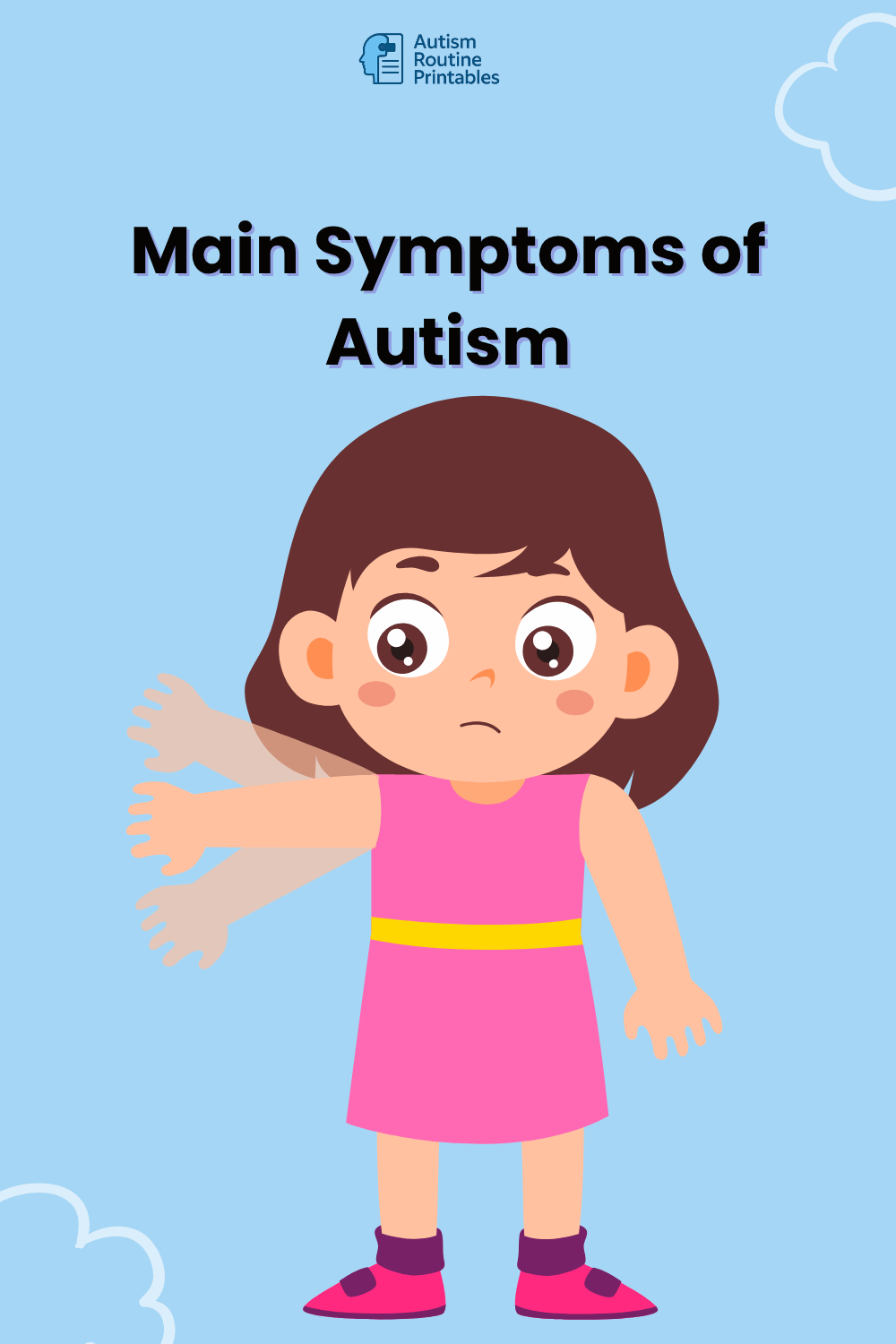
- Communication Struggles
- Our son didn’t babble like other babies.
- He repeated things instead of answering questions.
- It felt like he was in his own world sometimes.
- Social Challenges
- He didn’t look at us much.
- Group play? He wasn’t interested.
- Even hugs or cuddles felt overwhelming to him.
- Repetitive Behaviors & Rigid Routines
- He could watch the same 10 seconds of a cartoon on loop.
- If his toy car was moved out of line, he’d scream.
- Even changing the route home would throw off his whole day.
These symptoms show up differently in every child—but most autistic kids share at least some of them.
Symptoms of Autism in Boys
Boys are diagnosed with autism more often than girls, and many of the signs in boys are easier to spot—at least, they were for us.
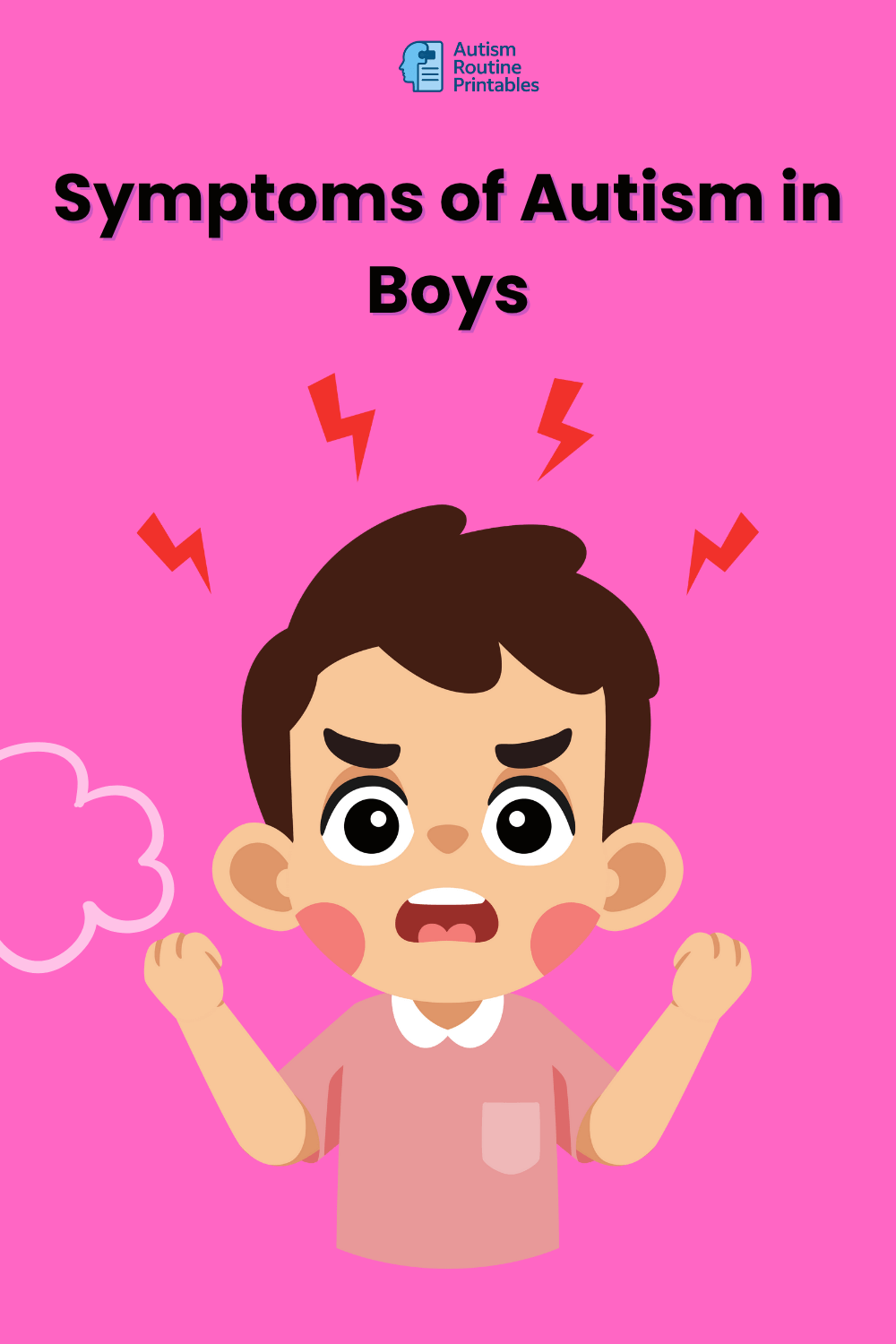
Here’s what we noticed in our son (and what many other parents see too):
- Speech delay: He said only a few words by age 2.
- Avoided eye contact and didn’t respond to his name.
- Seemed more interested in spinning wheels than playing with people.
- Meltdowns over small changes (even changing socks).
- Fascinated with one subject at a time (once it was ceiling fans, then dinosaurs).
I don’t say this to scare you—but if you’re wondering whether your son might be on the spectrum, these are things worth watching for.
Signs of Autism in Toddlers Age 2
Age two is a big milestone. For many kids, that’s when words start flowing, pretend play begins, and social awareness kicks in.
For our son, though, things felt… different.
Common signs of autism in 2-year-olds include:
- Doesn’t point to things (like an airplane or dog)
- Doesn’t respond to name, even after several tries
- Plays alone, and doesn’t show interest in other kids
- Doesn’t wave bye-bye or mimic simple gestures
- Doesn’t bring toys to show you (no “shared joy”)
- Repetitive motions like hand-flapping, rocking, spinning
These aren’t “bad” behaviors. They’re just signs that your child’s brain might be wired differently. And recognizing them early makes a huge difference.
Signs of an Autistic Child at Age 3
At 3, we were finally getting answers. We had started speech therapy. We got referred to an occupational therapist. We were learning to speak his language, not just trying to force him into ours.
Here’s what a lot of parents notice around age 3:
- Limited speech or unusual tone: Some kids talk in a singsong voice or use odd phrases.
- Play style: Not much imagination, more repetition.
- No interest in “playing pretend” (like pretending to feed a doll or cook food).
- Struggles with transitions: Going from one activity to another is hard.
- Hard time understanding feelings: Our son didn’t react if someone was sad or upset.
- Focus on parts, not wholes: He was obsessed with wheels, not the toy truck as a whole.
Signs of Autism in a 10-Year-Old Boy
You’d be surprised how many kids don’t get diagnosed until later. By age 10, kids are expected to “fit in,” sit still, follow social rules. That’s when some signs become more obvious.
Maybe you’re seeing this in your 10-year-old:
- Difficulty making or keeping friends
- Doesn’t understand sarcasm, jokes, or teasing
- Gets deeply focused on one topic (e.g., Minecraft, astronomy)
- Struggles in loud classrooms or busy environments
- Needs rigid routines (same lunch every day, same route to school)
- Gets anxious when things don’t go as planned
If that sounds familiar, it might be time to talk to a specialist. Not to put a label on your child—but to give him the tools and support he deserves.
Symptoms of Autism in Adults
Yes—adults can be autistic too. And many only find out in their 30s, 40s, or beyond. My own cousin discovered he was on the spectrum at 33. It answered so many questions he’d carried all his life.
Common signs in adults include:
- Social exhaustion after small talk
- Sensory sensitivity (tags on shirts, loud noises)
- Rigid routines and deep focus on hobbies
- Difficulty expressing or reading emotions
- Trouble navigating work relationships or unwritten rules
Getting a diagnosis as an adult doesn’t “change” who you are—it helps explain who you’ve always been.
Signs of Mild Autism in Adults (High-Functioning Autism)
“High-functioning autism” doesn’t mean life is easy—it just means the challenges are more hidden.
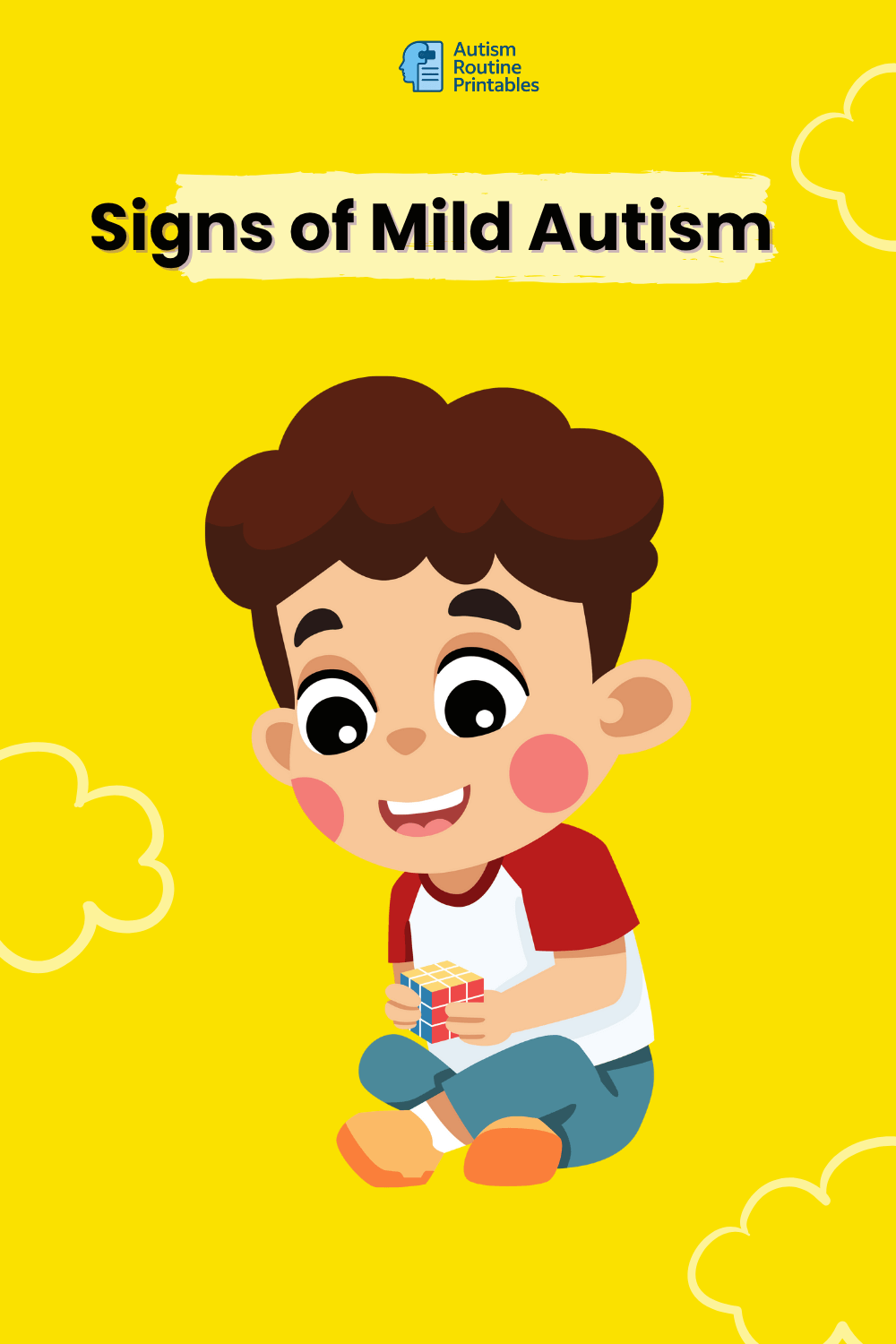
Here’s what that can look like:
- Excellent memory, but trouble with daily organization
- Feels different in social settings but masks it well
- Overthinks conversations
- Often told they’re “too blunt” or “too intense”
- Needs quiet time after socializing
Some adults with mild autism find comfort in structure and solo hobbies. Others struggle with anxiety and sensory overload. The key is awareness—and support.
Symptoms of High-Functioning Autism in Adults
Whether you’re a parent suspecting it in yourself, or someone your child takes after—high-functioning autism is more common than people realize.
Look for these traits:
- Intense focus on one subject or routine
- Discomfort in loud, chaotic places
- Difficulty reading between the lines
- Preference for deep conversations over small talk
- Social anxiety that’s hard to explain
Once you understand these symptoms, so much starts to make sense.
Final Thoughts: You’re Not Alone
Autism isn’t something to fear. It’s not caused by parenting, screens, or something you did wrong. It’s just a different way of experiencing the world.
If I could tell my younger self one thing, it would be this: Don’t waste time blaming yourself. Get curious. Get informed. And most of all—love your child exactly as they are.
Early signs matter. Diagnosis matters. But love, patience, and support? That’s what really changes lives.
Looking for autism printables, visual schedules, and tools that helped us? Browse Flash Card. I’ve created these with love—for kids like mine, and parents like you.

